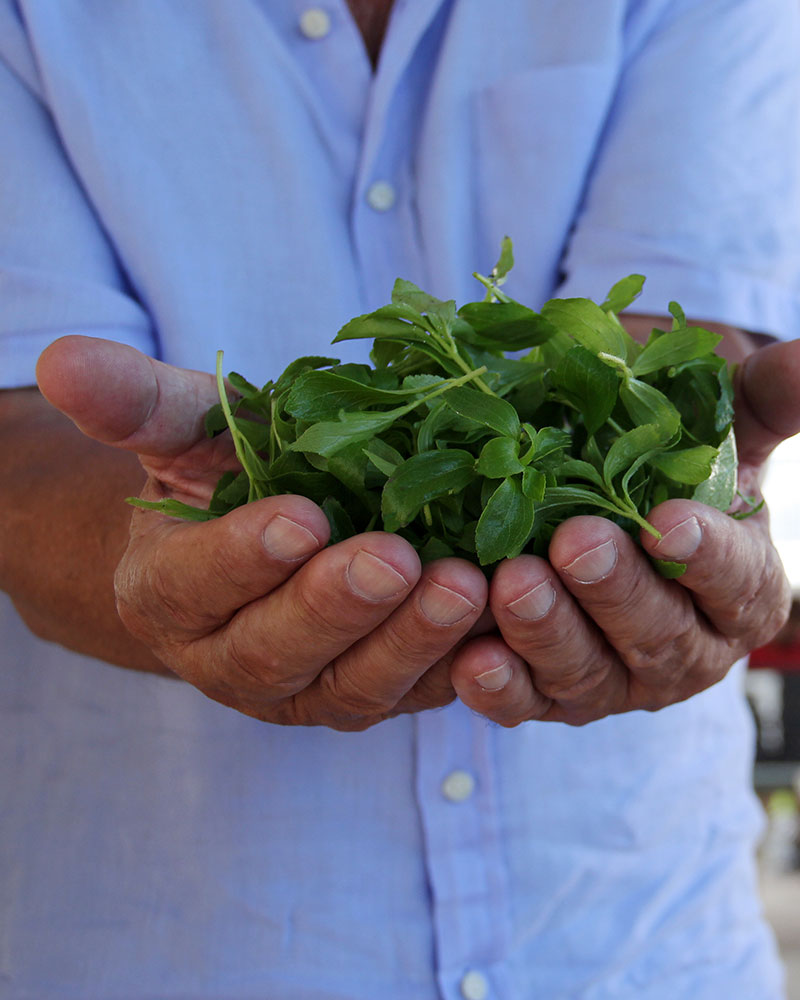“It’s much easier to create a desert than a forest.” Dr. James Lovelock, scientist and author of the Gaia Hypothesis.
Nature in Harmony
Investing in ORGANIC CACAO plantations CREATES and EXPANDS a lush, vibrant FOREST ECOYSTEM, brimming with a huge variety of plants and animals, all of which enhance the plantation’s productivity. Unlike how agribusinesses grow monocrops, the best environment to grow organic cacao in is one filled with a variety of flora and fauna.
Cedar trees protect the young cacao plants from too much sun, and these trees drop their leaves just at the right season to allow the cacao to get more sun to grow. Banana trees continue to provide the perfect amount of shade, while coffee, cinnamon plants, and exotic flowers enrich the soil (enhancing the cacao’s taste). Butterflies, ants, woodpeckers, tropical birds and hens all help to pollinate the cacao while thriving in this healthy environment for them.

Soil health
The happy-go-lucky organic cacao circus is such a stark contrast to the dead-zone of sugar-cane monocrop fields that we sometimes see when visiting our plantations. The sugar-cane is burned for harvest, leaving torched earth and soil acidification over time. Soil is central to saving and nourishing the planet and fundamental to all life on earth, including humans. We need healthy soil to get the nutrients we need from food, just as much as we need it to capture CO2 and prevent catastrophic climate change.

Families and True Trade

By choosing to invest in organic cacao plantations, we are delighted to help foster vibrant and healthy ecosystems that make us, the plantation agronomists and their families, and NOMOSU customers all happy. Beyond investing in Rainforest Alliance certified cacao, we meet small plantation owners and look to investing in their individual operations. We hear from them how happy they are to be earning double what their sugar-cane farming neighbours earn per hectare and how they can continue to invest, while living in such a beautiful ecosystem.
Stevia
Organic, Water-Only & Earth Binding
Stevia is inherently ecologically beneficial as the most sustainable sweetening ingredient: stevia delivers 20-35 times the sweetness compared to what sugar cane can deliver per hectare. Our stevia provider produces 100% of their electricity through renewable energy, uses only water (without heat) in processing and recirculates water to make their entire process extremely eco-friendly. They have been given circular economy awards for how they grow and utilise stevia leaves and have the lowest carbon footprint in the industry. From a carbon-capture (CO2 sink) capacity via photosynthesis and reducing greenhouse effects, the stevia plant ranks extremely highly.

